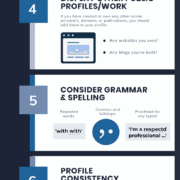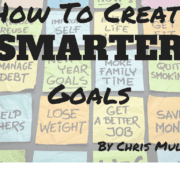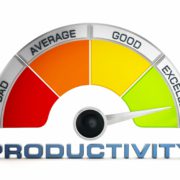During the end of a calendar year and at the beginning of a new one, I am frequently asked if I set goals and what does that look like? Well, it is not as simple as JUST setting goals for the year. For me, there is a lot more that goes into ending a year and beginning a new one. I believe it is about intentionality. I like to be deliberate in how I end and start a year. Why? Well, it gives me clarity and a vision forward…a path if you will.
So I thought it would be helpful to share the process I use for myself and my coaching clients. This way others can adopt it or at the very least use it as a guide to start their own practices. It really has worked well for me. Over the last few years, I have set myself up for success with these steps. In fact, each of my last 4 years has been better than the last and this has not happened by chance. When I look back I have been blown away by the goals I completed and how my life has changed in so many areas. To be honest, I didn’t complete every goal that I set each of these years (and that is okay).
Over the years I’ve tried different ways and I recognize that each individual is their own person and has their own way of doing things. So you’ll need to tweak this for yourself. Just use the following steps as a guide to help.
Each of the below steps is (or will be) its own blog post. Just click on the hyperlink and a new window will open.
#1 Reflect. We can’t look forward unless you take some time to look where you’ve come from. So take some time and reflect on the year that is ending. Think about what went well, what you want to change, and what you should get rid of. Click here to read about how to reflect on the year.
#2 Know the present you. Where are you now? What is your life like in all areas? To get a good snapshot of where you are, take the time to complete my Wheel of Life assessment. Make sure you complete the accompanying worksheet since it will give you a more in-depth look of where you are and where you want to go. Click here to read more about the Wheel of Life assessment (3 minute read).
#3 Set the tone for the coming year. Select a word to help define what you want this year to look like or it could be a word to help keep you grounded and on track. Many have done this for years.
#4 Set your goals. I use the S.M.A.R.T.E.R. goal method and I don’t set more than 5-7 goals at a time, otherwise, it could become unwieldy and overwhelming. If this is all new to you then I wouldn’t have more than 5 goals at any one time. And the goals you set should not be easy to achieve. They should push you outside your comfort zone and move your life forward in the direction you want it to go. Use the results from the Wheel of Life assessment to decide on what categories of your life you want to improve and also incorporate your word of the year. Click here to read more about all the details of SMARTER goals (4-minute read).
#5 Make the time. Now you need to set aside time to work on these goals because they won’t just accomplish themselves. Start with a calendar for the entire year and set milestones for each goal, then take that down to what needs to get done each month. What I also recommend is to set time each week just to move your goals forward. This will look different for each person but how much time do you think you need each week to work on your goals? Now find that time and put it on your calendar. What gets scheduled gets done.
#6 Review on a regular basis. I have found that a best practice is to schedule a quarterly review to go over your goals. I do this to make sure my goals still align with what I want. I also want to see where each goal is in the process. Here are a couple of the questions I ask myself: What are my obstacles? What can I do now to move the needle forward? In addition to the quarterly review, set a reoccurring calendar appointment for yourself to review your goals on a weekly basis. This will allow for you to determine what needs to get done each week and not forget about it.
Now, all of this might seem like a lot of work but I have found that it pays off in big dividends at the beginning and the end of each year. This process gives me the structure I need to set up my year for success.
[Tweet “This process gives me the structure I need to set up my year for success.”]
You can complete each step separately. It doesn’t all have to be done in one day – although it can be.
Trust the process and give it a try.
Let me know what you think of this process and what questions you have.









